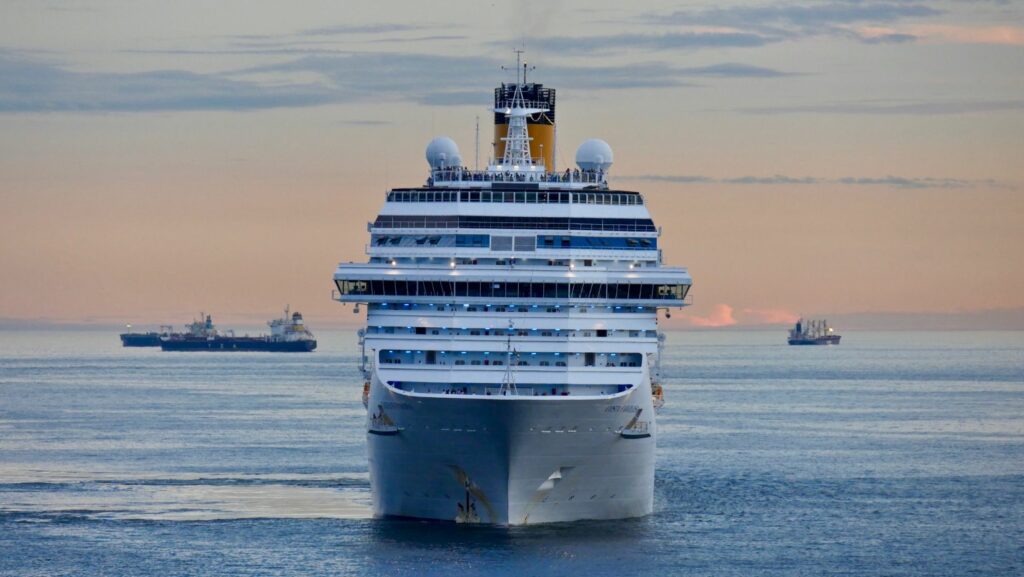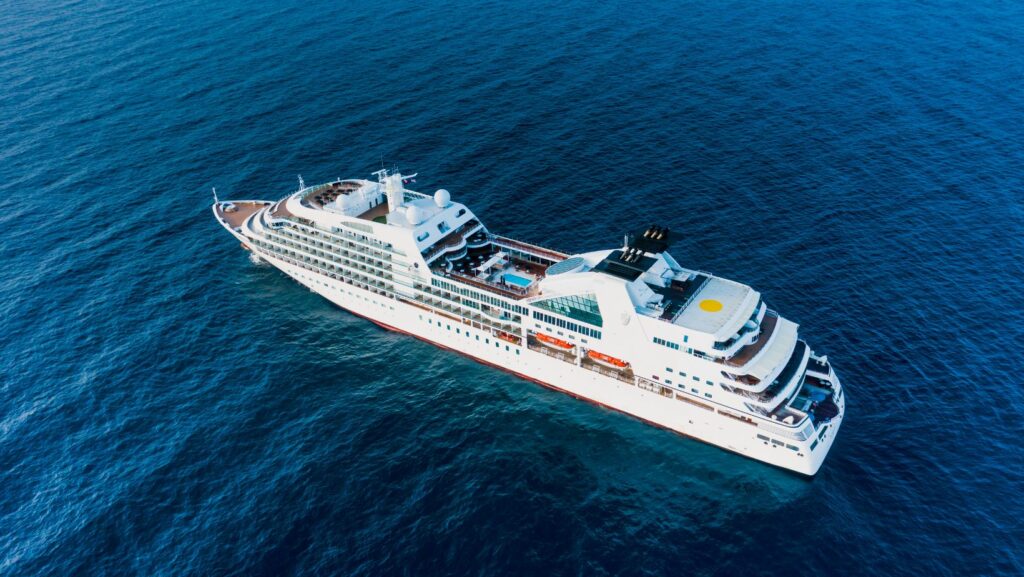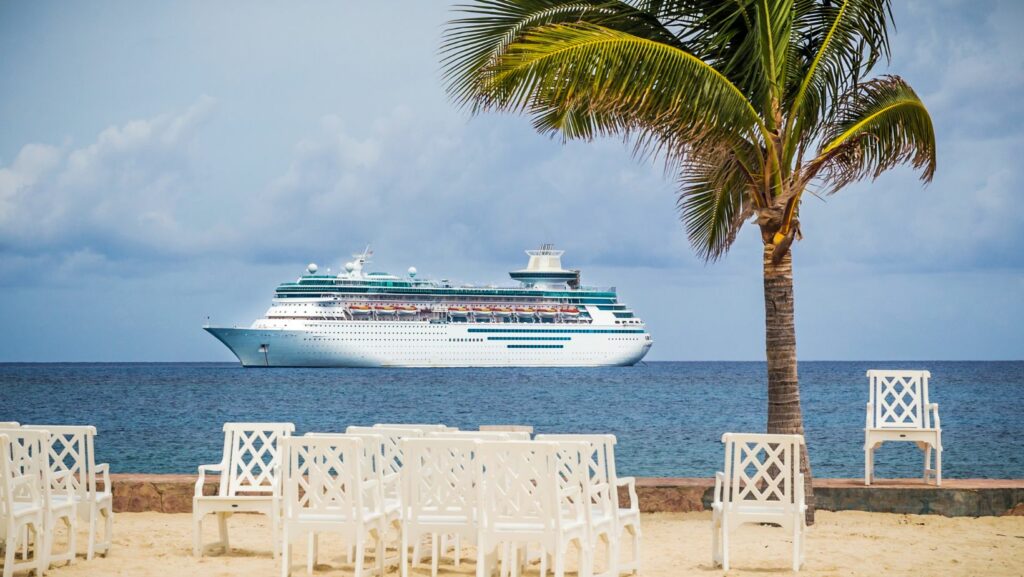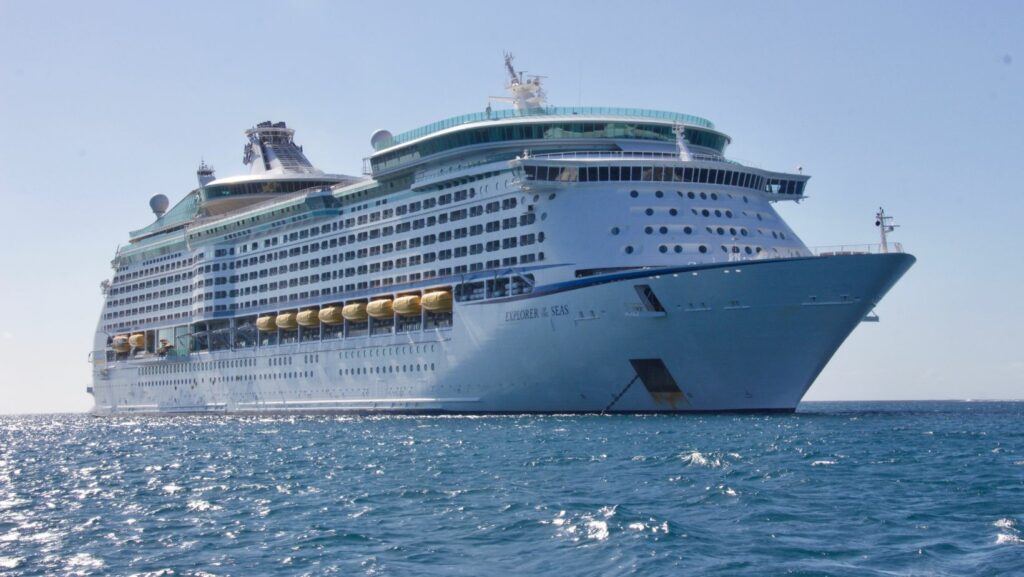Cruise ships, the epitome of luxury travel on the high seas, are marvels of modern engineering. Ever wondered how fast these floating cities can glide through the water? Cruise ship speeds can vary depending on the size and design of the vessel, but on average, they typically cruise at a speed of around 21 to 24 knots, which is roughly 24 to 27 miles per hour.

Passengers aboard these majestic ships can enjoy the gentle sway of the ocean breeze while the vessel effortlessly cuts through the waves. Whether exploring tropical islands or coastal cities, cruise ships offer a unique blend of relaxation and adventure at sea. So, next time you find yourself aboard one of these magnificent vessels, take a moment to appreciate the impressive speed at which you’re traveling towards your next exotic destination.
How Fast do Cruise Ships Travel
Cruise ship speeds are influenced by various factors that ensure efficient and safe travel for passengers. Understanding these factors provides insights into how cruise ships achieve their optimum speed levels for a smooth sailing experience.
Engine Types and Specifications

Cruise ships are equipped with powerful engines designed to propel these massive vessels through the water. The type and specifications of the engines play a crucial role in determining the speed at which a cruise ship can travel. Modern cruise ships often feature advanced propulsion systems, including diesel-electric engines or gas turbines, which are optimized for both speed and fuel efficiency.
Navigation and maritime regulations also impact cruise ship speeds. These regulations are put in place to ensure the safety of passengers, crew, and the environment. Speed limits enforced in certain maritime zones or near ports can affect the overall cruising speed of a ship. Additionally, adherence to navigational rules and avoiding crowded or restricted areas can influence the speed at which a cruise ship travels to its destination.
Comparing Speeds of Different Cruise Lines

When comparing speeds of different cruise lines, it’s evident that mainstream cruise lines and luxury cruise lines may vary in their travel speeds. Mainstream cruise lines typically operate at speeds ranging from 18 to 22 knots, ensuring a balance between efficiency and passenger comfort. On the other hand, luxury cruise lines tend to prioritize a more leisurely pace, often cruising at speeds between 15 to 20 knots to enhance the onboard experience with a focus on luxury amenities and services.
When considering older models versus the newest ships in the industry, there is a noticeable difference in their cruising speeds. Older cruise ship models, while reliable and well-established, may have lower maximum speeds, usually averaging around 18 knots. In contrast, the latest ships in the fleet are equipped with state-of-the-art propulsion systems and advanced technologies, enabling them to reach higher speeds of up to 24 knots or more, providing passengers with faster travel times and modern amenities during their voyages.
Impact of Speed on Passenger Experience
When it comes to cruise ship speeds, the impact on the passenger experience is significant.
Travel Time and Itinerary Planning
The speed of a cruise ship directly affects travel time, which plays a crucial role in itinerary planning. Higher speeds enable ships to cover distances faster, potentially allowing for additional ports of call or more time at each destination. On the other hand, slower speeds may mean longer travel times but can contribute to a more relaxed and leisurely voyage, offering passengers a chance to savor the journey itself. Cruise lines consider these factors when designing itineraries to balance exploration opportunities with onboard experiences.
Onboard Comfort and Stability
The speed at which a cruise ship travels also influences the onboard comfort and stability for passengers. Higher speeds can lead to more vibrations and movement, particularly in rough seas, which may impact passenger comfort levels. In contrast, cruising at moderate speeds enhances stability, reducing the sensation of motion and creating a smoother sailing experience. Cruise lines prioritize passenger comfort and safety by determining optimal speeds based on weather conditions and route specifics, ensuring a pleasant and enjoyable journey for all travelers onboard.

